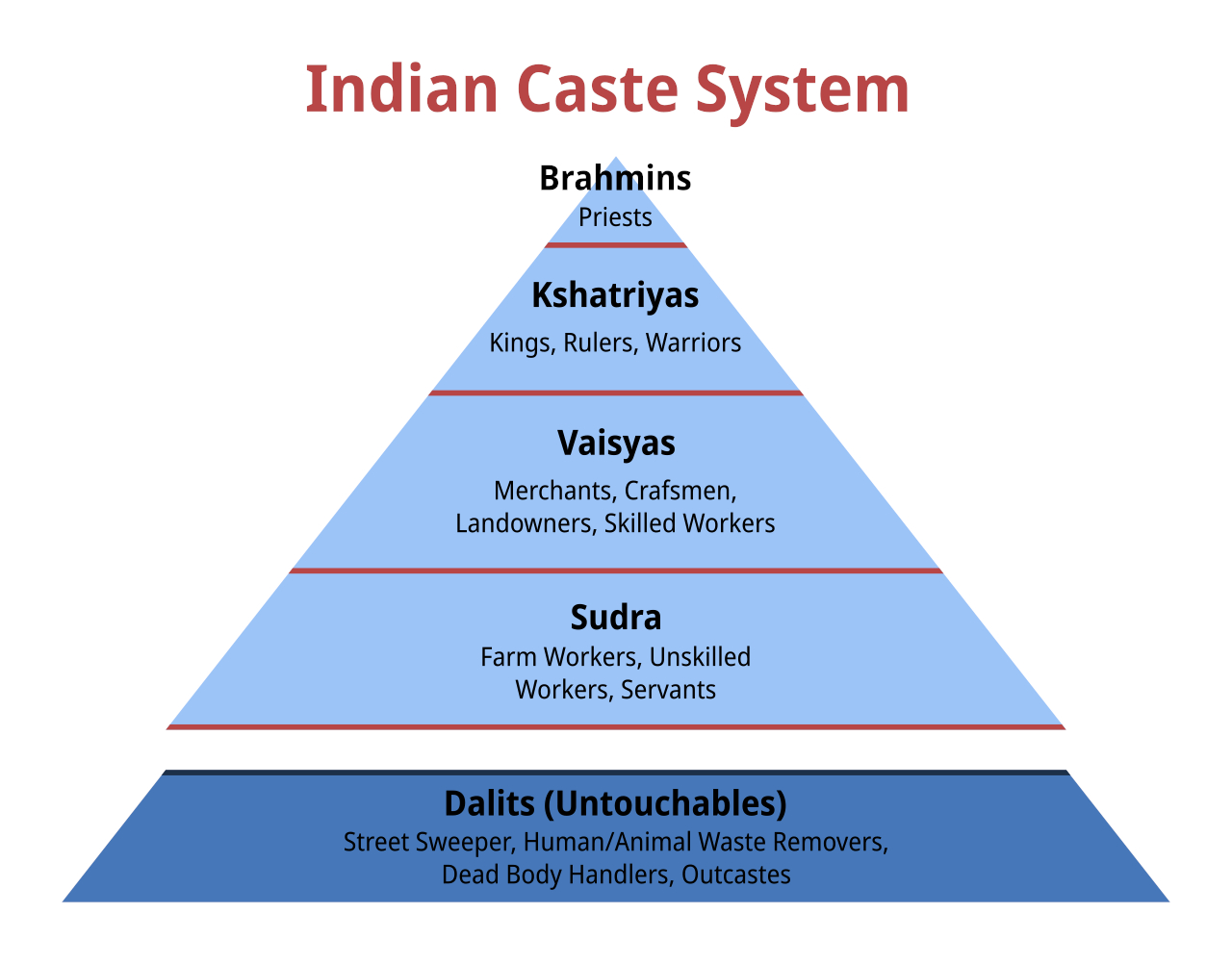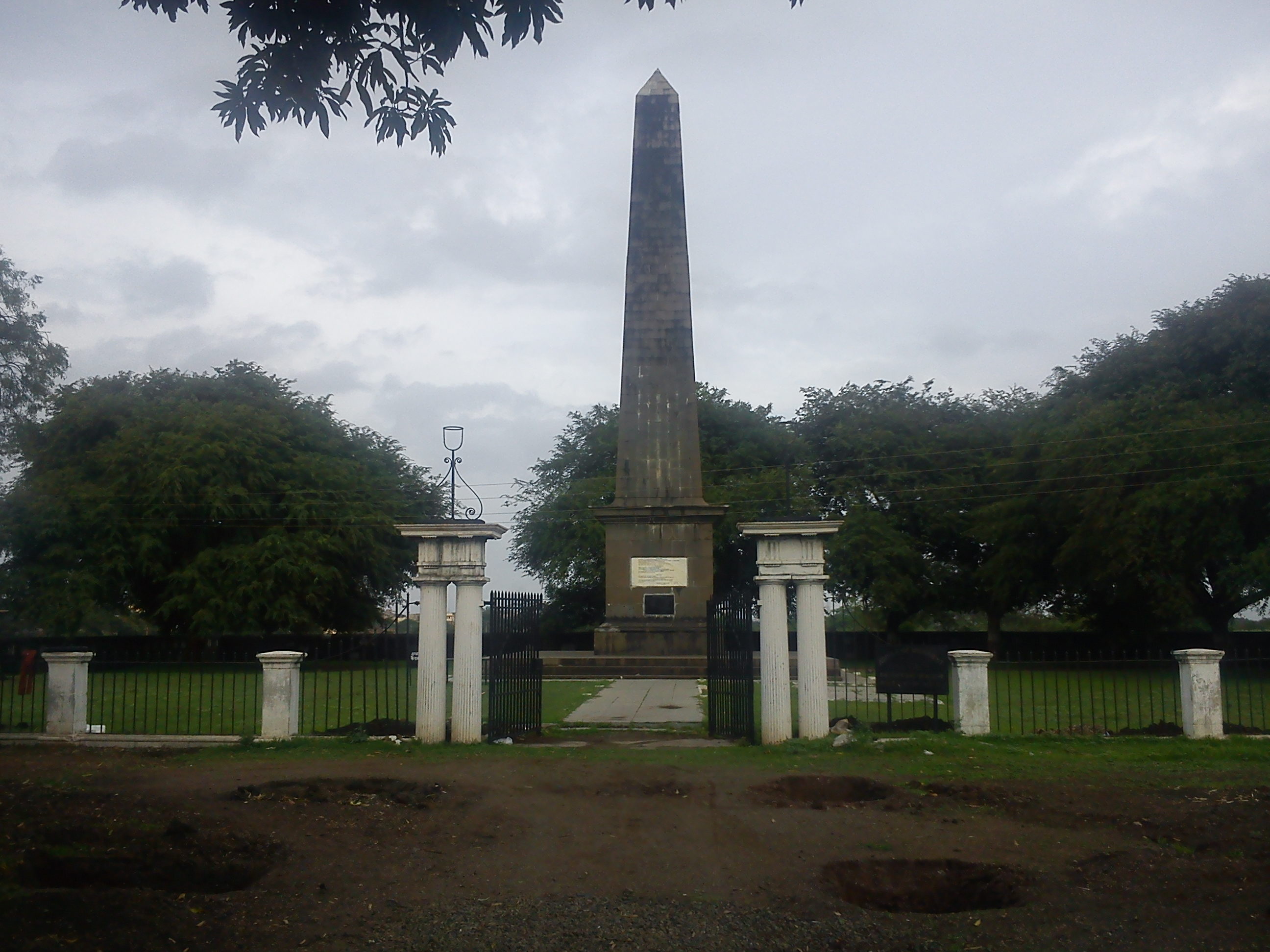|
Namantar Shahid Smarak
The Namantar Shahid Smarak (English: Name Change Martyrdom Memorial) is a large memorial sculpture dedicated to those who died in the Namantar Andolan. In 2013, 19 years after the movement's success, the city government of Nagpur erected the monument in memory of the valour and the sacrifice of the Dalit martyrs. The memorial was built by contractor Sunil Sharma on 2,225 m2 of land at a cost of 1.58 crore (approximately US$259,000). Background The Dalits of India were on the bottom of the Indian caste system for centuries. In Hinduism, there are four ''varnas'' (classes) and in that system, the Dalits are below the lowest of them. Dalits were considered polluted and this pollution was considered contagious. They worked in jobs which were considered ritually impure, they were not allowed to enter Hindu temples, they had to draw their water from separate wells and they had to live outside of villages. Untouchability was outlawed in 1950, but despite the laws, discrimination co ... [...More Info...] [...Related Items...] OR: [Wikipedia] [Google] [Baidu] |
Nagpur
Nagpur (; ISO 15919, ISO: ''Nāgapura'') is the second capital and third-largest city of the Indian state of Maharashtra. It is called the heart of India because of its central geographical location. It is the largest and most populated city in central India. Also known as the "Orange City", Nagpur is the 13th largest city in India by population. According to an Oxford's Economics report, Nagpur is projected to be the fifth fastest growing city in the world from 2019 to 2035 with an average growth of 8.41%. It has been proposed as one of the Smart Cities Mission, Smart Cities in Maharashtra and is one of the top ten cities in India in Smart Cities Mission, Smart City Project execution. Nagpur is the seat of the annual Winter Session of Maharashtra State Assembly, winter session of the Maharashtra state assembly. It is a major commercial and political centre of the Vidarbha Regions and Divisions of Maharashtra, region of Maharashtra. In addition, the city derives unique importa ... [...More Info...] [...Related Items...] OR: [Wikipedia] [Google] [Baidu] |
Vesak
Vesak (; Sanskrit: '), also known as Buddha Jayanti, Buddha Purnima, Visak Bochea and Buddha Day, is a holiday traditionally observed by Buddhism, Buddhists in South Asia and Southeast Asia, as well as in Tibet and Mongolia. It is among the most important Buddhist festivals. The festival commemorates the birth, enlightenment (Pali: Nibbāna, Sanskrit: Nirvāṇa), and death (Parinibbāna, Parinirvāna) of Gautama Buddha in Theravada, Tibetan Buddhism, and Navayana. The name ''Vesak'' is derived from the Pali term ' or Sanskrit ' for the lunar month of Vaisakha, which is considered the month of Buddha's birth. In Mahayana Buddhist traditions, the holiday is known by its Sanskrit name (') and derived variants of it. In the East Asian tradition, a celebration of Buddha's Birthday typically occurs around the traditional timing of Vesak, while the Buddha's awakening and death are celebrated as separate holidays that occur at other times in the calendar as Bodhi Day and Parinirva ... [...More Info...] [...Related Items...] OR: [Wikipedia] [Google] [Baidu] |
Outdoor Sculptures In India
Outdoor(s) may refer to: *Wilderness *Natural environment *Outdoor cooking *Outdoor education *Outdoor equipment *Outdoor fitness *Outdoor literature *Outdoor recreation *Outdoor Channel, an American pay television channel focused on the outdoors * See also * * * ''Out of Doors'' (Bartók) *Field (other) *Outside (other) Outside or Outsides may refer to: * Wilderness Books and magazines * ''Outside'', a book by Marguerite Duras * ''Outside'' (magazine), an outdoors magazine Film, theatre and TV * Outside TV (formerly RSN Television), a television network * ' ... *'' The Great Outdoors (other)'' {{disambiguation ... [...More Info...] [...Related Items...] OR: [Wikipedia] [Google] [Baidu] |
Dalit Monuments
Dalit ( from meaning "broken/scattered") is a term used for untouchables and outcasts, who represented the lowest stratum of the castes in the Indian subcontinent. They are also called Harijans. Dalits were excluded from the fourfold varna of the caste hierarchy and were seen as forming a fifth varna, also known by the name of ''Panchama''. Several scholars have drawn parallels between Dalits and the ''Burakumin'' of Japan, the ''Baekjeong'' of Korea and the peasant class of the medieval European feudal system. Dalits predominantly follow Hinduism with significant populations following Buddhism, Sikhism, Christianity, and Islam. The constitution of India includes Dalits as one of the Scheduled Castes; this gives Dalits the right to protection, positive discrimination (known as reservation in India), and official development resources. Terminology The term ''Dalit'' is for those called the "untouchables" and others that were outside of the traditional Hindu caste hiera ... [...More Info...] [...Related Items...] OR: [Wikipedia] [Google] [Baidu] |
Buildings And Structures In Nagpur
A building or edifice is an enclosed structure with a roof, walls and windows, usually standing permanently in one place, such as a house or factory. Buildings come in a variety of sizes, shapes, and functions, and have been adapted throughout history for numerous factors, from building materials available, to weather conditions, land prices, ground conditions, specific uses, prestige, and aesthetic reasons. To better understand the concept, see ''Nonbuilding structure'' for contrast. Buildings serve several societal needs – occupancy, primarily as shelter from weather, security, living space, privacy, to store belongings, and to comfortably live and work. A building as a shelter represents a physical separation of the human habitat (a place of comfort and safety) from the ''outside'' (a place that may be harsh and harmful at times). buildings have been objects or canvasses of much artistic expression. In recent years, interest in sustainable planning and building practi ... [...More Info...] [...Related Items...] OR: [Wikipedia] [Google] [Baidu] |
Tourist Attractions In Nagpur
Tourism is travel for pleasure, and the commercial activity of providing and supporting such travel. UN Tourism defines tourism more generally, in terms which go "beyond the common perception of tourism as being limited to holiday activity only", as people "travelling to and staying in places outside their usual environment for not more than one consecutive year for leisure and not less than 24 hours, business and other purposes". Tourism can be domestic (within the traveller's own country) or international. International tourism has both incoming and outgoing implications on a country's balance of payments. Between the second half of 2008 and the end of 2009, tourism numbers declined due to a severe economic slowdown (see Great Recession) and the outbreak of the 2009 H1N1 influenza virus. These numbers, however, recovered until the COVID-19 pandemic put an abrupt end to the growth. The United Nations World Tourism Organization has estimated that global international tourist a ... [...More Info...] [...Related Items...] OR: [Wikipedia] [Google] [Baidu] |
Monuments And Memorials In Maharashtra
A monument is a type of structure that was explicitly created to commemorate a person or event, or which has become relevant to a social group as a part of their remembrance of historic times or cultural heritage, due to its artistic, historical, political, technical or architectural importance. Examples of monuments include statues, (war) memorials, historical buildings, archaeological sites, and cultural assets. If there is a public interest in its preservation, a monument can for example be listed as a UNESCO World Heritage Site. The '' Palgrave Encyclopedia of Cultural Heritage and Conflict'' gives the next definition of monument:Monuments result from social practices of construction or conservation of material artifacts through which the ideology of their promoters is manifested. The concept of the modern monument emerged with the development of capital and the nation-state in the fifteenth century when the ruling classes began to build and conserve what were termed monument ... [...More Info...] [...Related Items...] OR: [Wikipedia] [Google] [Baidu] |
History Of Maharashtra (1947–present)
Maharashtra is a state in the western region of India. It is India's second-most populous state and third-largest state by area. The region that comprises the state has a long history dating back to approximately 1300–700 BCE, although the present-day state was not established until 1960 CE. Prior to Indian independence, notable dynasties and entities that ruled the region included, in chronological order, the Asmaka, Vidarbha kingdom, Satavahana Empire, Vakataka dynasty, Chalukya Empire, Rashtrakuta Empire, Western Chalukya Empire, Seuna Yadava dynasty, Shilahara, Bahamani Sultanate, Deccan sultanates, Mughal Empire, Maratha Empire, and British Raj. Ruins, monuments, tombs, forts, and places of worship left by these rulers are dotted around the state. At the time of the Indian independence movement in the early 20th century, the region—along with the British-ruled areas of Bombay Presidency, and Central Provinces and Berar—included many British vassal states. Amo ... [...More Info...] [...Related Items...] OR: [Wikipedia] [Google] [Baidu] |
Battle Of Koregaon
The Battle of Koregaon was fought on 1 January 1818 between the British East India Company and the Peshwa faction of the Maratha Confederacy, at Koregaon Bhima. A 28,000-strong force led by Peshwa Baji Rao II whilst on their way to attack the company-held Pune, were unexpectedly met by an 800-strong Company force that was on its way to reinforce the British troops in Pune. The Peshwa dispatched around 2,000 soldiers to attack the force which sought entrenchment in Koregaon. Led by Captain Francis Staunton, the Company troops defended their position for nearly 12 hours, before the Peshwa's troops ultimately withdrew, fearing the imminent arrival of a larger British force. The battle was part of the Third Anglo-Maratha war, a series of battles that culminated in the defeat of the Peshwa rule and subsequent rule of the British East India Company in nearly all of Western, Central and Southern India. There is a "victory pillar" (obelisk) in Koregaon commemorating the battle. B ... [...More Info...] [...Related Items...] OR: [Wikipedia] [Google] [Baidu] |
Advocate
An advocate is a professional in the field of law. List of country legal systems, Different countries and legal systems use the term with somewhat differing meanings. The broad equivalent in many English law–based jurisdictions could be a barrister or a solicitor. However, in Scots law, Scottish, Law of the Isle of Man, Manx, Anglo-Dutch law, South African, Law of Italy, Italian, Law of France, French, Law of Spain, Spanish, Law of Portugal, Portuguese, Stockholm Institute for Scandinavian Law#Scandinavian Law, Scandinavian, Law of Poland, Polish, Israeli, South Asian and South American jurisdictions, "advocate" indicates a lawyer of superior classification. "Advocate" is in some languages an honorific for lawyers, such as "Alberico Gentili, Adv. Sir Alberico Gentili". "Advocate" also has the everyday meaning of speaking out to help someone else, such as patient advocacy or the support expected from an elected politician; this article does not cover those senses. Europe Uni ... [...More Info...] [...Related Items...] OR: [Wikipedia] [Google] [Baidu] |
Samata Sainik Dal
Samata Sainik Dal, (''Army of Soldiers for Equality'' or ''Party of the Fighters for Equality'') abbreviated as SSD, is a social organisation founded by B. R. Ambedkar in 1927 with the objective of safeguarding the rights of all oppressed sections of Indian society. Awards * Dr. Ambedkar National Award (2012) Gallery File:Volunteering at Chaitya Bhoomi.png, Lakhs of people around India gather at Chaitya Bhoomi to pay homage to B R Ambedkar on Mahaparinirvan Din. Volunteers take part in many activities. File:Volunteer of Samata Sainik Dal at Chaity Bhoomi.png, Volunteer of Samata Sainik Dal at Chaitya Bhoomi References External links * {{DEFAULTSORT:Samata Sainik Dal Organizations established in 1927 Volunteer organisations in India Scheduled Castes B. R. Ambedkar Dalit politics Organisations based in Maharashtra 1927 establishments in India ... [...More Info...] [...Related Items...] OR: [Wikipedia] [Google] [Baidu] |







